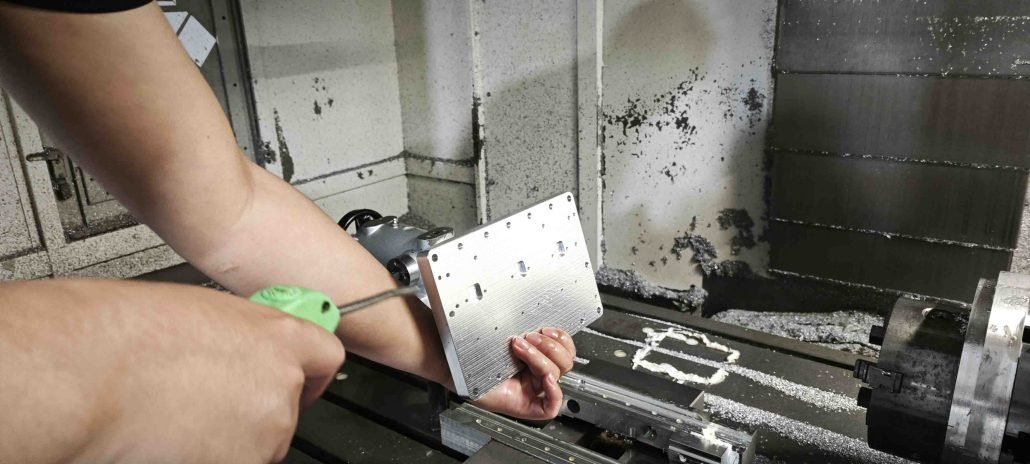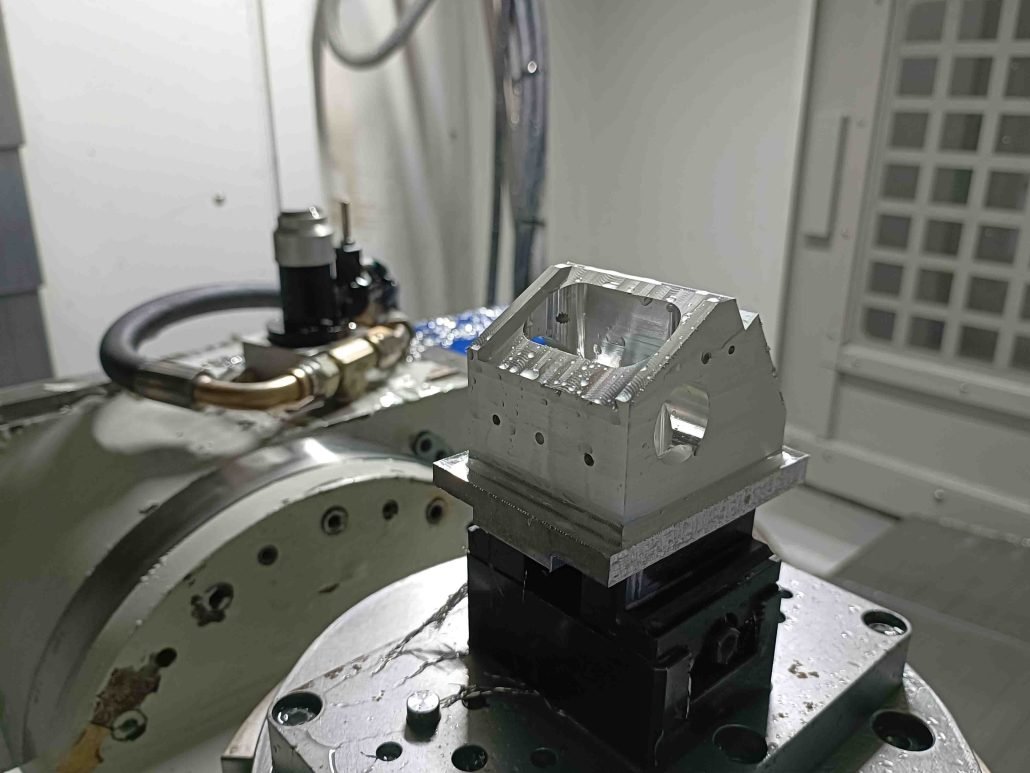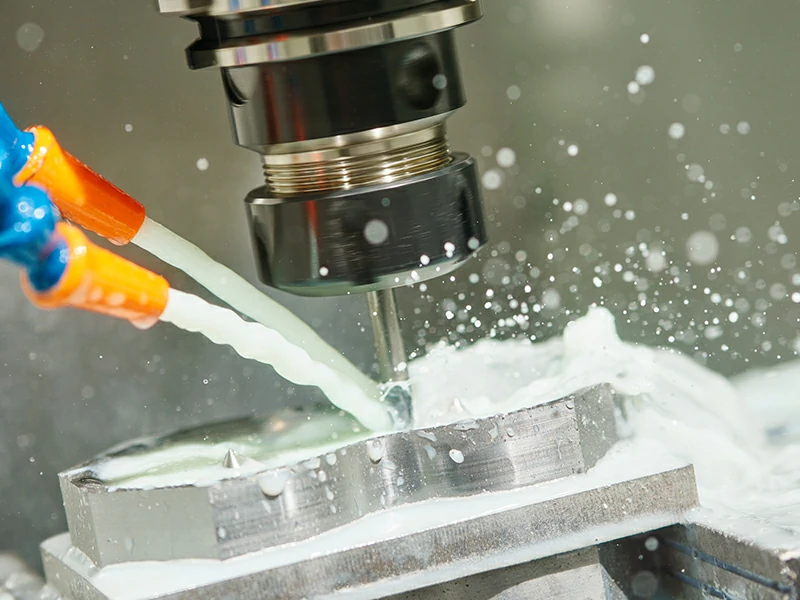CNC turning is a manufacturing process where a cutting tool is used to remove material from a rotating workpiece. The cutting tool is controlled by a computer program to create precise shapes and sizes. The process is commonly used in the production of complex cylindrical and spherical shapes, such as those found in aerospace, automotive, and medical industries.
The CNC turning process involves securing the workpiece on a chuck or collet, which rotates at high speed. The cutting tool is then positioned to move along the length of the workpiece, removing material as it goes. The computer program controls the movement of the cutting tool and the speed of the rotation of the workpiece.
CNC turning machines are capable of producing complex shapes with tight tolerances and high surface finishes. They can work with a variety of materials, including metals, plastics, and composites. CNC turning is often used in conjunction with other manufacturing processes, such as CNC milling, to create finished parts and products.

how to calculate cnc turning cycle time
Calculating the cycle time is crucial in CNC turning as it helps you understand production efficiency and product delivery time. Here are some steps to help you calculate the cycle time of CNC turning.
Step 1: Determine the Diameter and Length of the Workpiece
First, you need to determine the diameter and length of the workpiece. This is the first step in calculating the cycle time. Measure the diameter and length of the workpiece to ensure accurate calculations.
Step 2: Determine the Machining Speed of the CNC Lathe
Next, you need to determine the machining speed of the CNC lathe. You can obtain this by looking at the technical specification manual of the CNC machine. You need to find the maximum spindle speed and feed rate of the lathe.
Step 3: Calculate the Machining Time for Each Operation
Now, you need to calculate the machining time for each operation. This can be done using the following formula:
Machining Time = Machining Length / Feed Rate
For example, if you need to machine a workpiece with a length of 100 millimeters and a feed rate of 100 millimeters per minute, the machining time would be 1 minute.
Step 4: Calculate the Total Machining Time
Finally, you need to calculate the total machining time. This can be done by adding up the machining time for each operation. For example, if you need to perform 3 operations, the total machining time would be:
Total Machining Time = Machining Time 1 + Machining Time 2 + Machining Time 3
Now, you know how to calculate the cycle time of CNC turning. By following the above steps, you can easily calculate the cycle time and understand production efficiency and product delivery time.
What is the formula to calculate the turning?
The formula to calculate turning is:
(turning) = (momentum of object) x (angular velocity)
Where:
- Momentum of object: The measure of the amount of motion an object has in relation to its mass. It is a vector quantity, which means it has both magnitude (mass x velocity) and direction. The direction of momentum is the same as the direction of velocity.
- Angular velocity: The rate of change of angular displacement with respect to time. It is also a vector quantity, which means it has both magnitude and direction. The direction of angular velocity is perpendicular to the plane of rotation.
The formula for turning shows that the turning of an object is directly proportional to the momentum of the object and its angular velocity. The more momentum an object has and the faster it rotates, the more it will turn.

It is important to note that the unit of momentum is kilogram meters per second (kg m/s) and the unit of angular velocity is radians per second (rad/s). These units are used to ensure that the resulting unit for turning is in Newton meters (Nm).
By using this formula, you can easily calculate the turning of an object based on its momentum and angular velocity. This is useful in various fields such as physics, engineering, and sports. For example, understanding the turning of a vehicle is crucial in designing its maneuverability and stability. Similarly, understanding the turning of a ball in sports such as soccer or basketball can help players improve their control and accuracy.
How do calculate cutting cycle time?
To calculate cutting cycle time, you can use the following formula:
Cycle Time (min) = Material Removal Rate (in³/min) / Volume of Material Removed per Cut (in³/cut)
Where:
- Material Removal Rate: The volume of material removed per unit time (in³/min).
- Volume of Material Removed per Cut: The volume of material removed in a single cut (in³/cut).
This formula can be used to determine the amount of time it will take to complete a single cut based on the volume of material removed and the material removal rate. This is useful in manufacturing and CNC machining processes to optimize production and ensure efficiency.
It is important to note that the units used in the formula must be consistent, and the resulting unit for cycle time is in minutes.

How is CNC turn machine hour rate calculated?
To calculate the CNC turn machine hour rate, you can use the following formula:
Machine Hour Rate = (Total fixed costs for the period + Total variable costs for the period) / Total machine hours for the period
Where:
- Total fixed costs for the period: The sum of all expenses that do not change with the number of machine hours used, such as rent, insurance, and salaries.
- Total variable costs for the period: The sum of all expenses that vary with the number of machine hours used, such as electricity and maintenance costs.
- Total machine hours for the period: The total number of hours the machine was in operation during the period.
This formula can be used to determine the hourly cost of operating a CNC turn machine based on the fixed and variable costs associated with its use. By knowing the machine hour rate, businesses can accurately calculate the cost of producing each part, which is essential for pricing and profitability analysis.
It is important to note that the unit of machine hour rate is typically in dollars per hour ($/hr).


